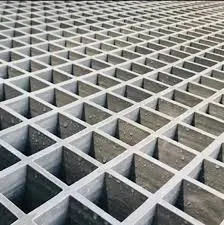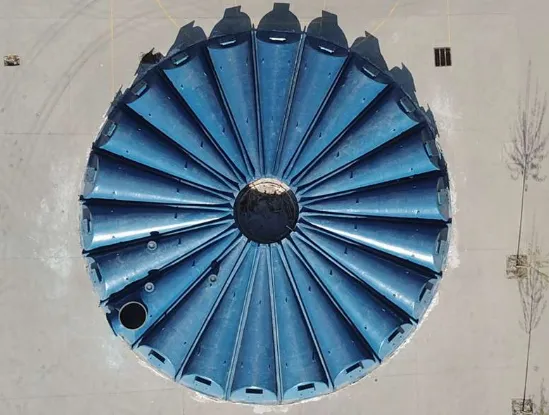
-
 Afrikaans
Afrikaans -
 Albanian
Albanian -
 Amharic
Amharic -
 Arabic
Arabic -
 Armenian
Armenian -
 Azerbaijani
Azerbaijani -
 Basque
Basque -
 Belarusian
Belarusian -
 Bengali
Bengali -
 Bosnian
Bosnian -
 Bulgarian
Bulgarian -
 Catalan
Catalan -
 Cebuano
Cebuano -
 China
China -
 China (Taiwan)
China (Taiwan) -
 Corsican
Corsican -
 Croatian
Croatian -
 Czech
Czech -
 Danish
Danish -
 Dutch
Dutch -
 English
English -
 Esperanto
Esperanto -
 Estonian
Estonian -
 Finnish
Finnish -
 French
French -
 Frisian
Frisian -
 Galician
Galician -
 Georgian
Georgian -
 German
German -
 Greek
Greek -
 Gujarati
Gujarati -
 Haitian Creole
Haitian Creole -
 hausa
hausa -
 hawaiian
hawaiian -
 Hebrew
Hebrew -
 Hindi
Hindi -
 Miao
Miao -
 Hungarian
Hungarian -
 Icelandic
Icelandic -
 igbo
igbo -
 Indonesian
Indonesian -
 irish
irish -
 Italian
Italian -
 Japanese
Japanese -
 Javanese
Javanese -
 Kannada
Kannada -
 kazakh
kazakh -
 Khmer
Khmer -
 Rwandese
Rwandese -
 Korean
Korean -
 Kurdish
Kurdish -
 Kyrgyz
Kyrgyz -
 Lao
Lao -
 Latin
Latin -
 Latvian
Latvian -
 Lithuanian
Lithuanian -
 Luxembourgish
Luxembourgish -
 Macedonian
Macedonian -
 Malgashi
Malgashi -
 Malay
Malay -
 Malayalam
Malayalam -
 Maltese
Maltese -
 Maori
Maori -
 Marathi
Marathi -
 Mongolian
Mongolian -
 Myanmar
Myanmar -
 Nepali
Nepali -
 Norwegian
Norwegian -
 Norwegian
Norwegian -
 Occitan
Occitan -
 Pashto
Pashto -
 Persian
Persian -
 Polish
Polish -
 Portuguese
Portuguese -
 Punjabi
Punjabi -
 Romanian
Romanian -
 Russian
Russian -
 Samoan
Samoan -
 Scottish Gaelic
Scottish Gaelic -
 Serbian
Serbian -
 Sesotho
Sesotho -
 Shona
Shona -
 Sindhi
Sindhi -
 Sinhala
Sinhala -
 Slovak
Slovak -
 Slovenian
Slovenian -
 Somali
Somali -
 Spanish
Spanish -
 Sundanese
Sundanese -
 Swahili
Swahili -
 Swedish
Swedish -
 Tagalog
Tagalog -
 Tajik
Tajik -
 Tamil
Tamil -
 Tatar
Tatar -
 Telugu
Telugu -
 Thai
Thai -
 Turkish
Turkish -
 Turkmen
Turkmen -
 Ukrainian
Ukrainian -
 Urdu
Urdu -
 Uighur
Uighur -
 Uzbek
Uzbek -
 Vietnamese
Vietnamese -
 Welsh
Welsh -
 Bantu
Bantu -
 Yiddish
Yiddish -
 Yoruba
Yoruba -
 Zulu
Zulu
Jan . 31, 2025 06:18
Back to list
Fans & Dampers & Demisters
Fiberglass flanges have become a pivotal component in various industries due to their unique properties and adaptability. As more sectors shift towards materials that offer durability and versatility, fiberglass emerges as a top choice. It is essential to understand the multifaceted benefits and applications of fiberglass flanges to appreciate their contribution to modern industrial needs.
From an engineering perspective, the ease of fabrication and installation of fiberglass flanges is noteworthy. These flanges can be custom-molded to meet specific size and design requirements, offering flexibility that is not always possible with metals. The lightweight nature also simplifies the installation process, reducing time and labor costs significantly. The environmental benefits of fiberglass flanges cannot be understated. Unlike metals, which can contribute to environmental degradation through mining and rust, fiberglass offers a more sustainable alternative. Its longevity and minimal maintenance reduce the need for frequent replacements, thus limiting waste. Additionally, many fiberglass products can be recycled, aligning with global sustainability goals. Investing in fiberglass flanges is a decision backed not only by technical superiority but by economic efficiency as well. The initial cost might be higher compared to some traditional materials, but the long-term savings in maintenance, replacement, and operational efficiency make fiberglass a cost-effective solution. In summary, fiberglass flanges have carved a niche for themselves across various industries due to their unique properties. By offering unmatched strength, corrosion resistance, thermal and electrical insulation, ease of fabrication, and environmental benefits, they meet and exceed the demands of modern industrial applications. Industries looking to enhance performance while cutting down on lifetime costs would do well to consider fiberglass flanges as a strategic investment. As technology progresses, fiberglass flanges are poised to remain a cornerstone component, shaping the future of industrial materials.


From an engineering perspective, the ease of fabrication and installation of fiberglass flanges is noteworthy. These flanges can be custom-molded to meet specific size and design requirements, offering flexibility that is not always possible with metals. The lightweight nature also simplifies the installation process, reducing time and labor costs significantly. The environmental benefits of fiberglass flanges cannot be understated. Unlike metals, which can contribute to environmental degradation through mining and rust, fiberglass offers a more sustainable alternative. Its longevity and minimal maintenance reduce the need for frequent replacements, thus limiting waste. Additionally, many fiberglass products can be recycled, aligning with global sustainability goals. Investing in fiberglass flanges is a decision backed not only by technical superiority but by economic efficiency as well. The initial cost might be higher compared to some traditional materials, but the long-term savings in maintenance, replacement, and operational efficiency make fiberglass a cost-effective solution. In summary, fiberglass flanges have carved a niche for themselves across various industries due to their unique properties. By offering unmatched strength, corrosion resistance, thermal and electrical insulation, ease of fabrication, and environmental benefits, they meet and exceed the demands of modern industrial applications. Industries looking to enhance performance while cutting down on lifetime costs would do well to consider fiberglass flanges as a strategic investment. As technology progresses, fiberglass flanges are poised to remain a cornerstone component, shaping the future of industrial materials.
Next:
Related Products









